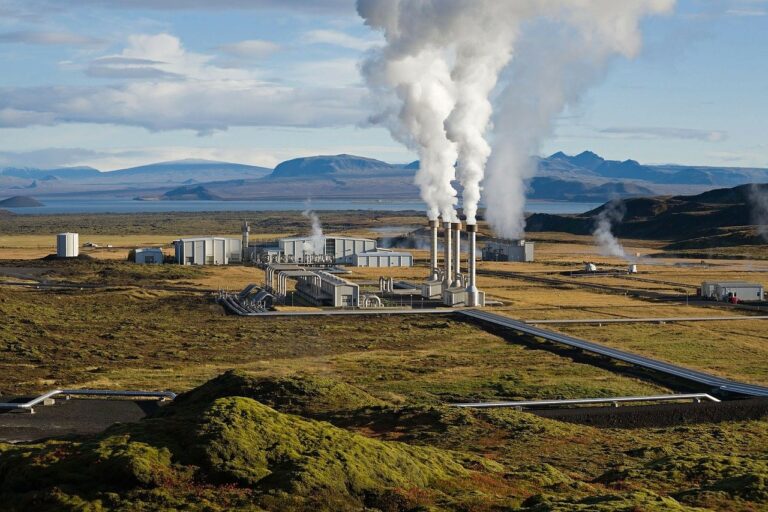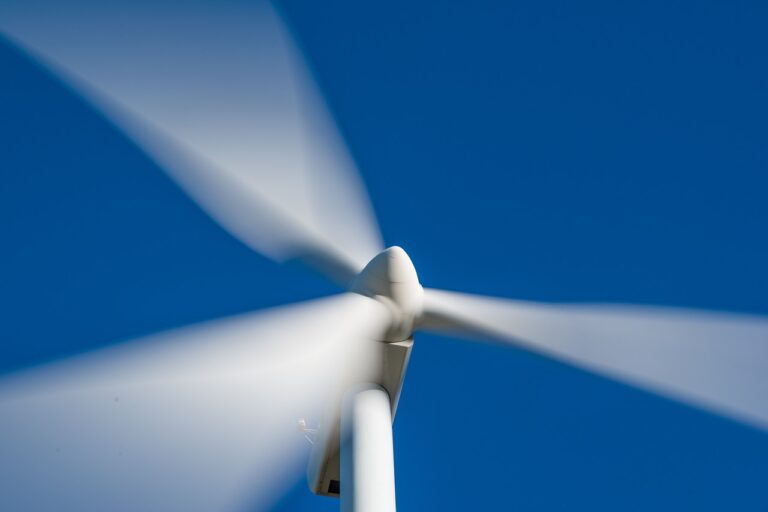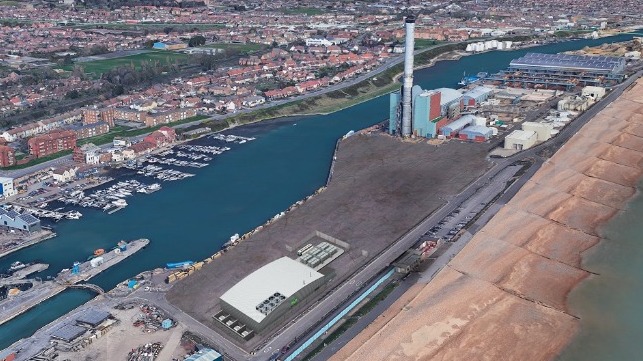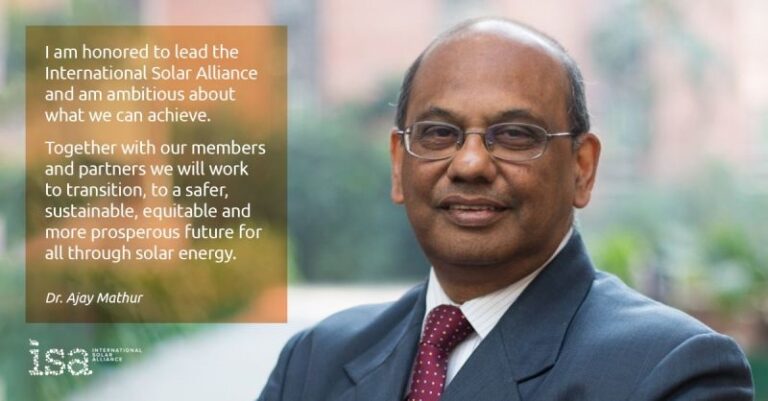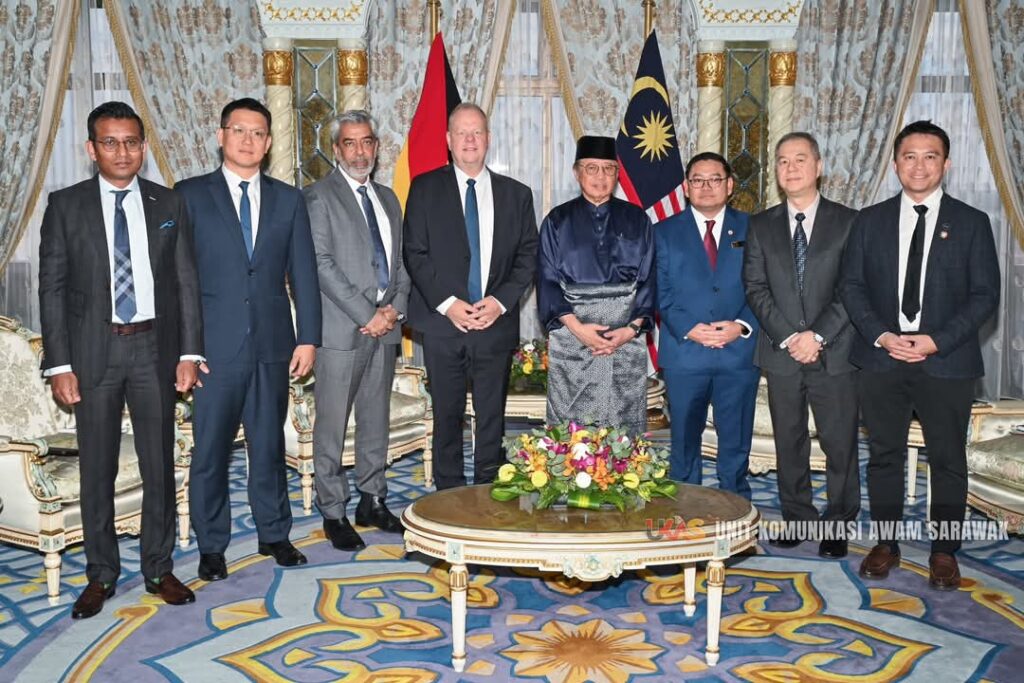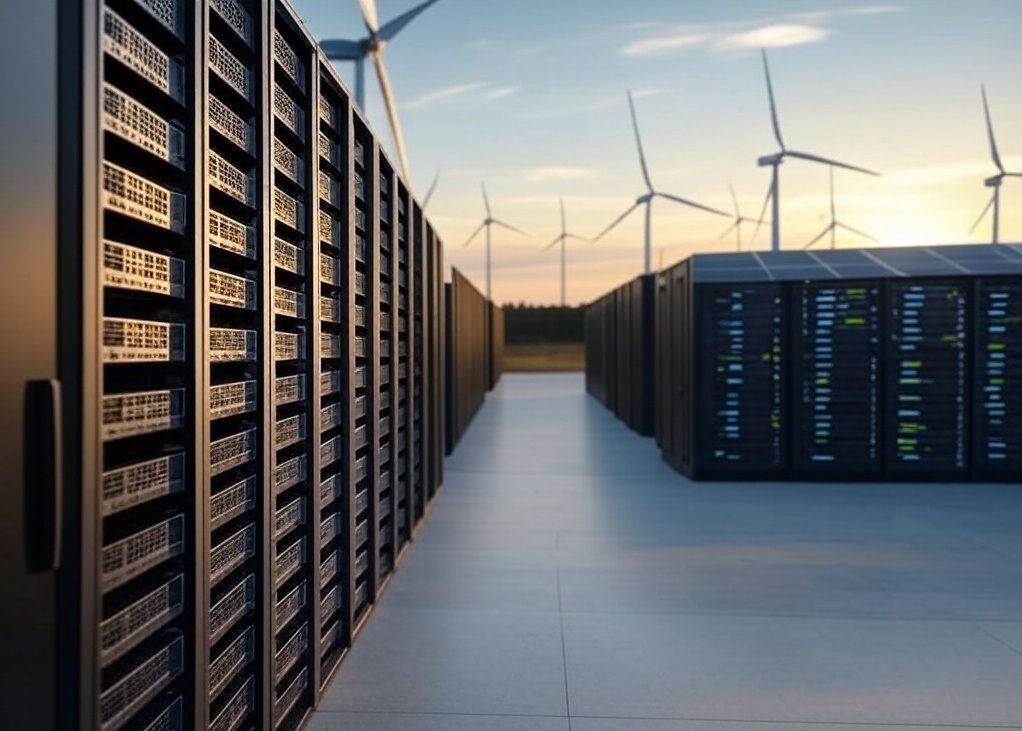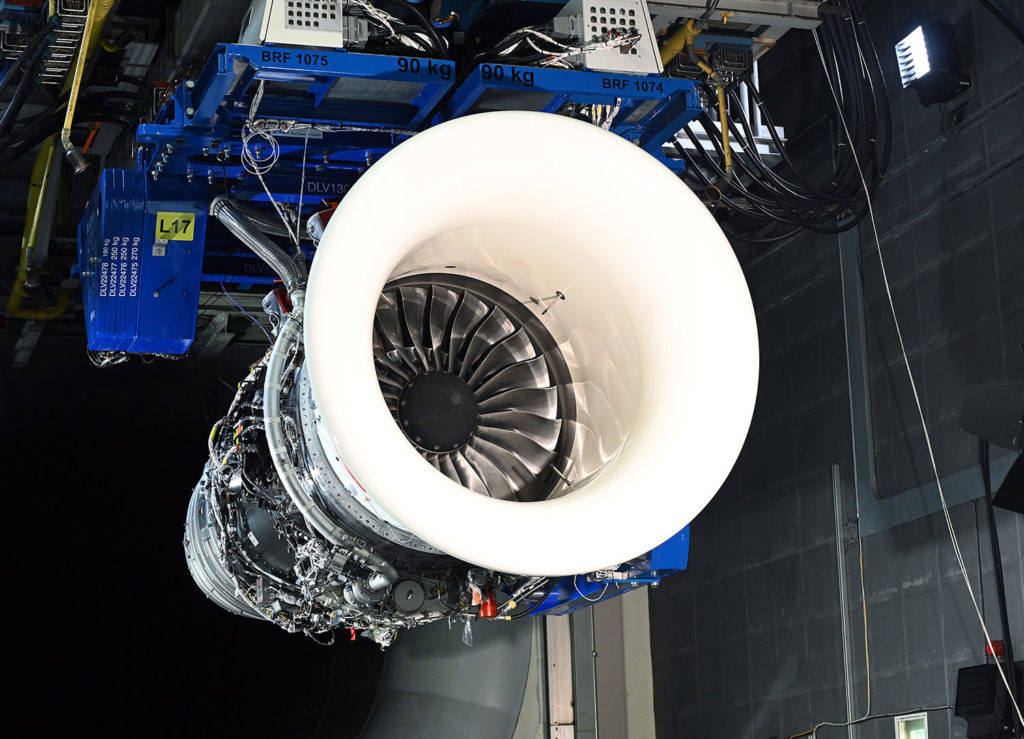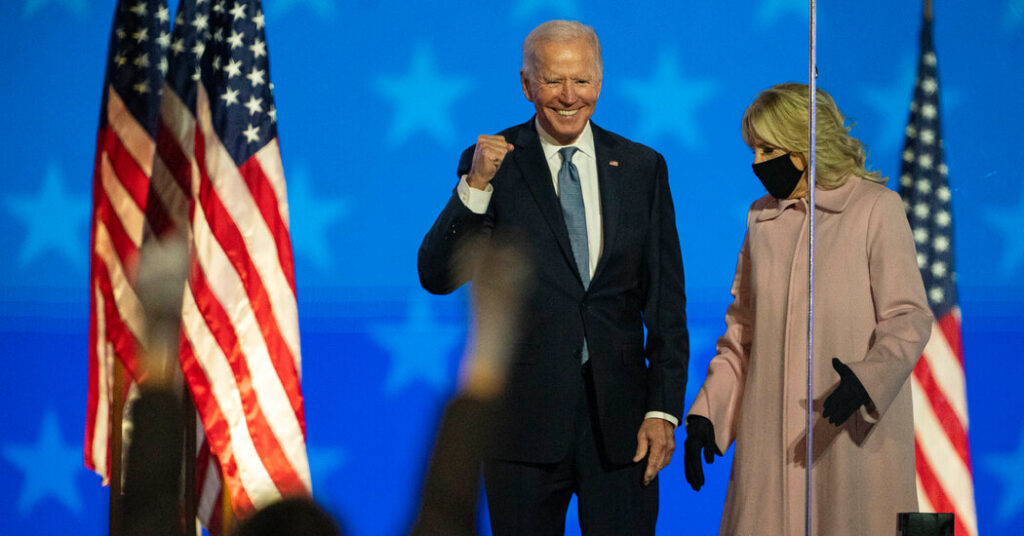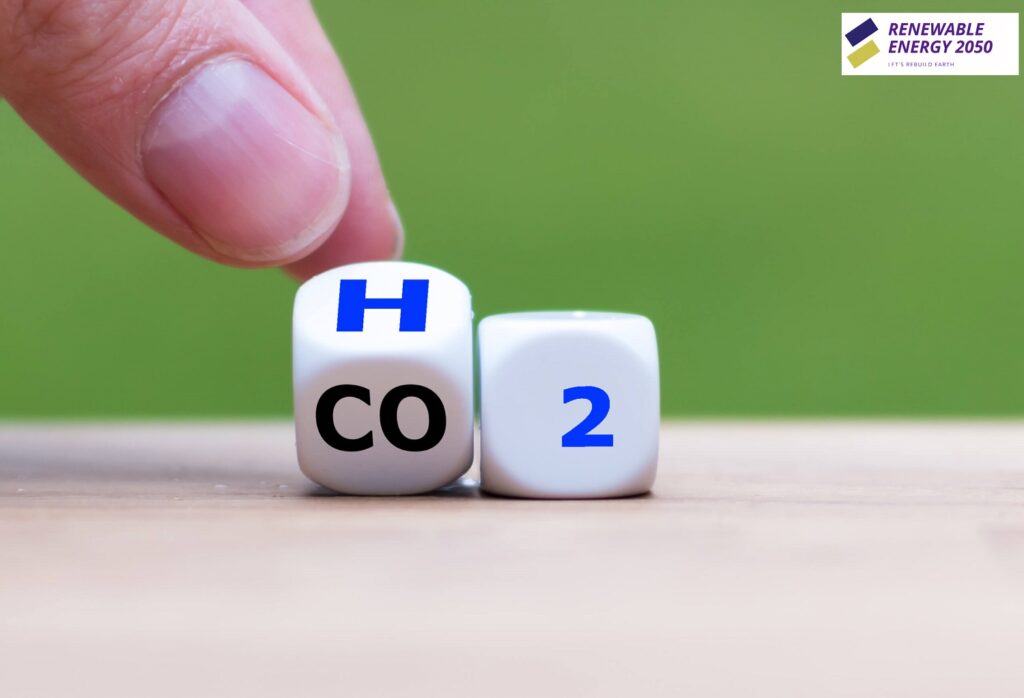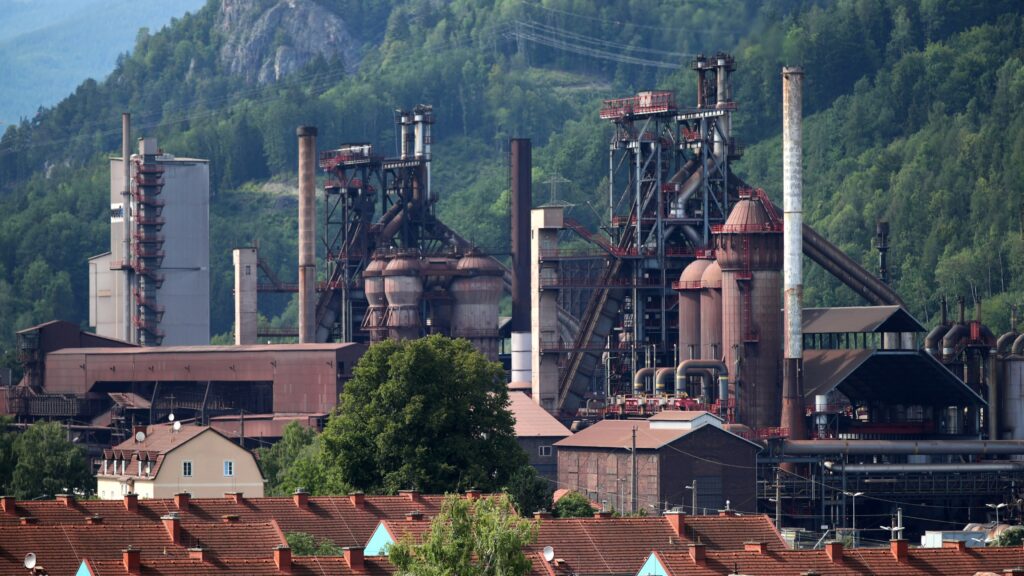World’s largest battery 1.2GW to be built in Hunter Valley, Australia

The world’s largest grid-scale solar battery, with a potential capacity of 1,200 megawatts, about eight times the size of South Australia’s large battery, will be built in the NSW Hunter Valley at Kurri Kurri, 35 kilometers to the northwest from Newcastle as per the recent update by The Guardian.
The project is being developed by CEP Energy, which draws its energy from the roofs of factories and warehouses across the country, many of which are owned by real estate giant Pelligra, which has 10 million square meters of rooftop space.
Morris Iemma, the former Labor Prime Minister of NSW who is now chairman of CEP Energy, said Australia leads the world in adopting solar power in homes, but lags far behind commercial solar power. The agreement between CEP Energy and Pelligra shows how much potential there is to build grid-scale solar power around cities where power is most needed and where grid connections already exist through the use of industrial and commercial roof space, he said.
The announcement of the Kurri Kurri battery is also proof that New South Wales government policies supporting renewable energy were working, Iemma said.

Last year, the New South Wales government created so-called Renewable Energy Zones, districts in which large-scale renewable energy projects would be supported and accelerated. The CEP battery will be within the Hunter Economic Zone.
With its network of solar parks and batteries, CEP Energy plans to sell cheap energy directly to industrial users and the excess to the grid. The Hunter Valley battery should be finished by 2023.
Also on Thursday, the state government announced that it had approved the construction of Australia’s first hydroelectric battery in Albury.
Planning Minister Rob Stokes said the $ 32 million battery will be powered by the Hume hydroelectric plant and will be able to send power to the grid during peak demand periods, increasing energy security.
Construction is expected to begin this year.
More to know
-
 Siemens Energy Supports Sarawak’s Hydrogen Ambitions to Become Southeast Asia’s Clean Energy Hub
Siemens Energy Supports Sarawak’s Hydrogen Ambitions to Become Southeast Asia’s Clean Energy Hub -
 EU and UK Reaffirm Commitment to Clean Energy Transition at London Energy Summit 2025
EU and UK Reaffirm Commitment to Clean Energy Transition at London Energy Summit 2025 -
 Renewable Energy Generation Set to increase by 84% in the Next Five Years Driven by AI and Global Electrification-As per BloombergNEF’s Report
Renewable Energy Generation Set to increase by 84% in the Next Five Years Driven by AI and Global Electrification-As per BloombergNEF’s Report -
 Global Renewable Energy Surges 585GW in 2024 — But Is It Enough to Meet 2030 Goals?
Global Renewable Energy Surges 585GW in 2024 — But Is It Enough to Meet 2030 Goals? -
 Amaravati: set to be World’s First Fully Renewable Energy-Powered City
Amaravati: set to be World’s First Fully Renewable Energy-Powered City
Social media a tool to create awareness
© 2021, Renewable Energy 2050. All Rights Reserved.

